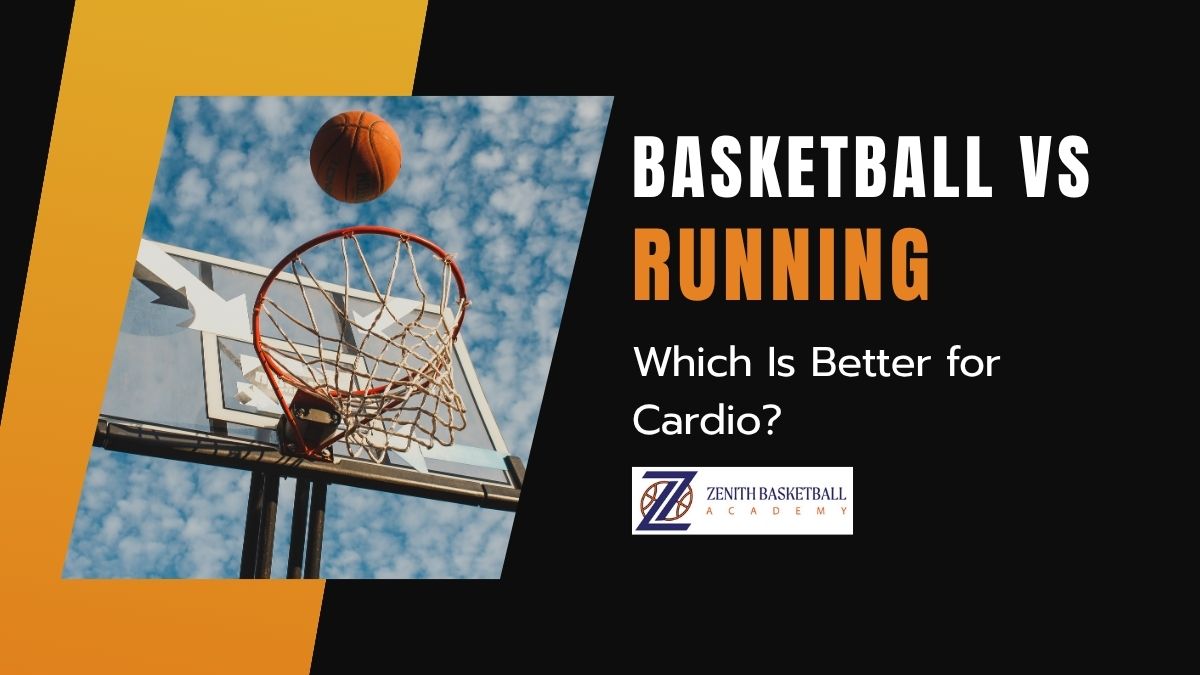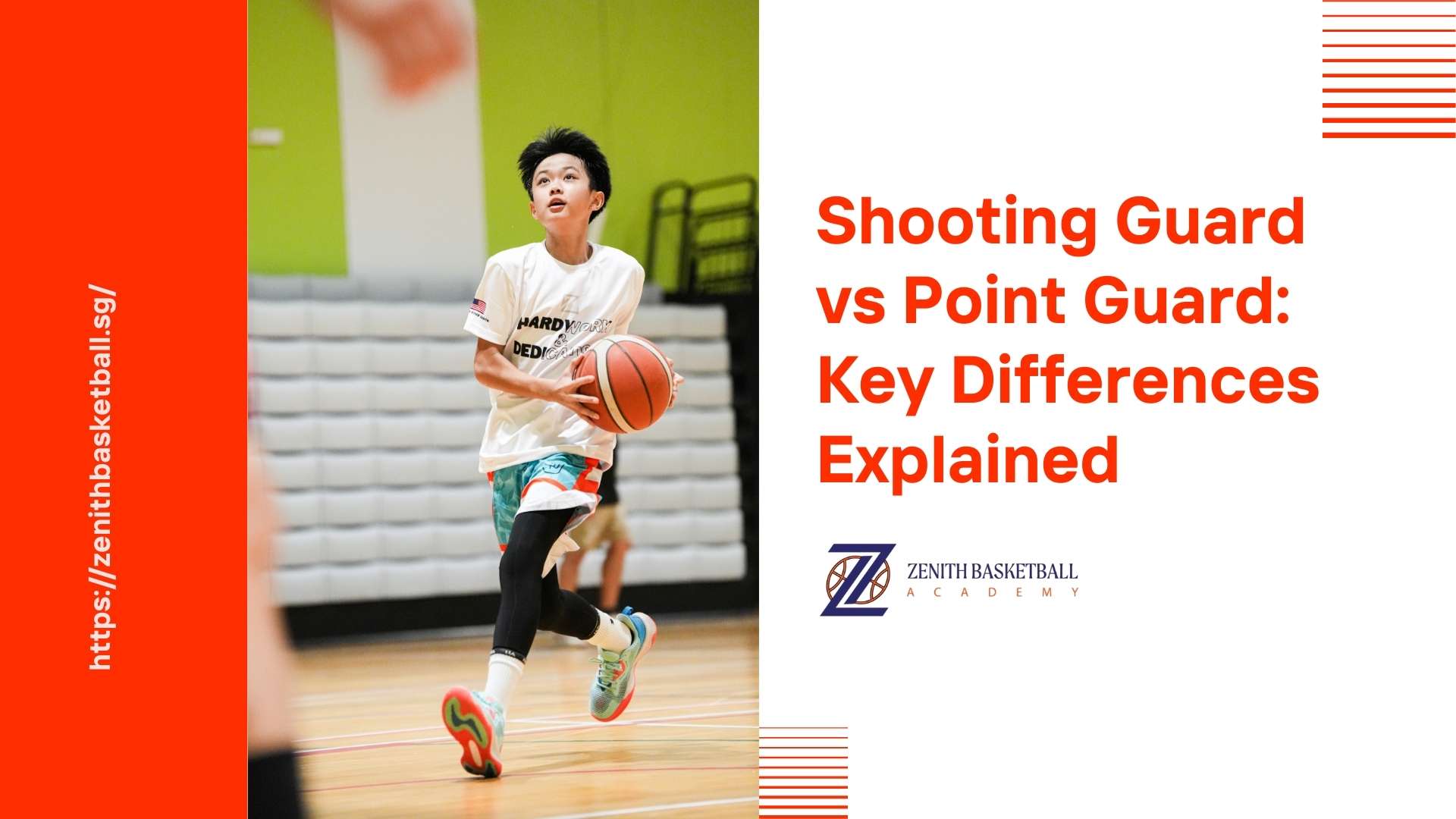Basketball vs Running: Which Is Better for Cardio?
When it comes to improving cardiovascular health, two activities often spark debate—basketball vs running. Both get your heart pumping, your lungs working, and your muscles moving, but they deliver very different experiences. For someone deciding whether to lace up running shoes or hit the court, it’s worth asking: which is better for cardio?
Basketball vs Running: The Basics
Running is straightforward—you put one foot in front of the other, maintain a steady rhythm, and build endurance over time. Basketball, on the other hand, throws variety into the mix. Instead of repetitive steps, you’re sprinting, stopping, pivoting, jumping, and reacting in real-time. That variety mimics high-intensity interval training (HIIT), which research consistently shows is one of the most efficient ways to boost cardiovascular health.
A study by Singapore’s Health Promotion Board found that incorporating interval-based sports like basketball led to improved aerobic capacity and lower resting heart rates compared to steady-state exercises such as jogging (HealthHub SG). This reinforces the idea that while both have merit, basketball might give you more bang for your buck in less time.
Basketball vs Running: Energy Burn and Calorie Output
The calories you burn during exercise depend on intensity, body weight, and duration. Running at a moderate pace can burn 500–700 calories an hour, which makes it an efficient calorie-burning machine. Basketball, however, isn’t far behind. Because of its explosive movements—sprints, jumps, and defensive slides—it often burns a similar range in a shorter time frame.

Imagine playing a one-hour full-court game. You’re sprinting after fast breaks, hustling on defense, and constantly moving without realizing how hard you’re working. That “hidden workout” effect is what makes basketball so effective. Instead of staring at the clock on a treadmill, you’re chasing a win and burning calories almost as a bonus.
Basketball vs Running: The Joy Factor
Let’s face it—motivation is half the battle. Running requires discipline, especially when you’re pounding out kilometers on a treadmill or around a track. For some, it becomes meditative. For others, it’s just monotonous. Basketball offers built-in motivation because it’s social, competitive, and unpredictable.
The National Youth Sports Institute (NYSI) in Singapore highlighted in a case study that team sports like basketball have higher long-term participation rates compared to solo activities like running (NYSI). Kids and adults alike stick with basketball because it doesn’t feel like exercise—it feels like play. That joy factor makes it easier to stay consistent, and consistency is what truly drives cardio improvement.
Basketball vs Running: Injury Considerations
Every sport comes with risks. Runners often battle shin splints, knee pain, or stress fractures from repetitive impact. Basketball players face ankle sprains, knee strains, and occasional collisions. The difference lies in the variety of movement. Basketball’s stop-and-go nature distributes stress across different muscles and joints, while running can overload the same areas repeatedly.
Of course, proper technique, warm-ups, and strength training help minimize risks in both activities. But for someone who wants cardio with variety, basketball may feel kinder to the body in the long run.
Basketball vs Running: Functional Fitness
Running makes you a better runner. It improves endurance, lung capacity, and efficiency in forward motion. Basketball builds functional fitness that extends to everyday life. Footwork drills sharpen agility, defense builds leg strength, and shooting mechanics train hand-eye coordination. You’re not just getting cardio—you’re learning skills transferable to other sports and daily activities.
This is why in our discussion of basketball footwork drills we emphasized how mastering movement patterns enhances both performance and athletic endurance. Basketball training is holistic, engaging both the body and the mind.
Basketball vs Running: Mental Benefits
Running has its therapeutic edge. Many use it as a way to clear the mind, process thoughts, and manage stress. Basketball provides a different type of mental workout. It sharpens decision-making under pressure, fosters teamwork, and boosts confidence. The mental engagement of reading opponents, anticipating plays, and reacting quickly makes basketball not just a workout for the heart, but for the brain.
As discussed in our earlier article on why playing basketball is important, the game delivers cognitive growth that running alone cannot replicate.
Which Should You Choose?
So when comparing basketball vs running, the answer isn’t necessarily either-or. Both offer excellent cardio benefits. Running excels in building steady-state endurance and can be done anywhere, anytime. Basketball provides interval-style cardio, builds full-body strength, and adds layers of mental and social benefits.
For those in Singapore looking for a practical approach, many combine the two. Long runs on off-days and intense basketball sessions during the week strike a balance. But if you want to maximize cardio, build athletic skills, and have fun doing it, basketball edges out running as the more engaging choice.
Final Thoughts on Basketball vs Running for Cardio
Cardio fitness isn’t just about how fast your heart beats—it’s about how consistently you keep moving. Running and basketball are both effective, but basketball’s unique blend of cardio, strength, agility, and joy makes it one of the best all-around exercises.
If you’re inspired to experience basketball as both fitness and fun, there’s no better way than structured training with expert guidance. Visit Zenith Basketball Academy to explore programs designed to improve your cardio, sharpen your skills, and keep your love for the game alive.
Click on the link to find out more about Zenith Basketball Academy’s lesson package. Chat with our head coach today!
About Zenith Basketball Academy
Private Basketball Lessons
Kids Basketball Lesson
Group Basketball Lessons
Whatsapp Us
Gallery









